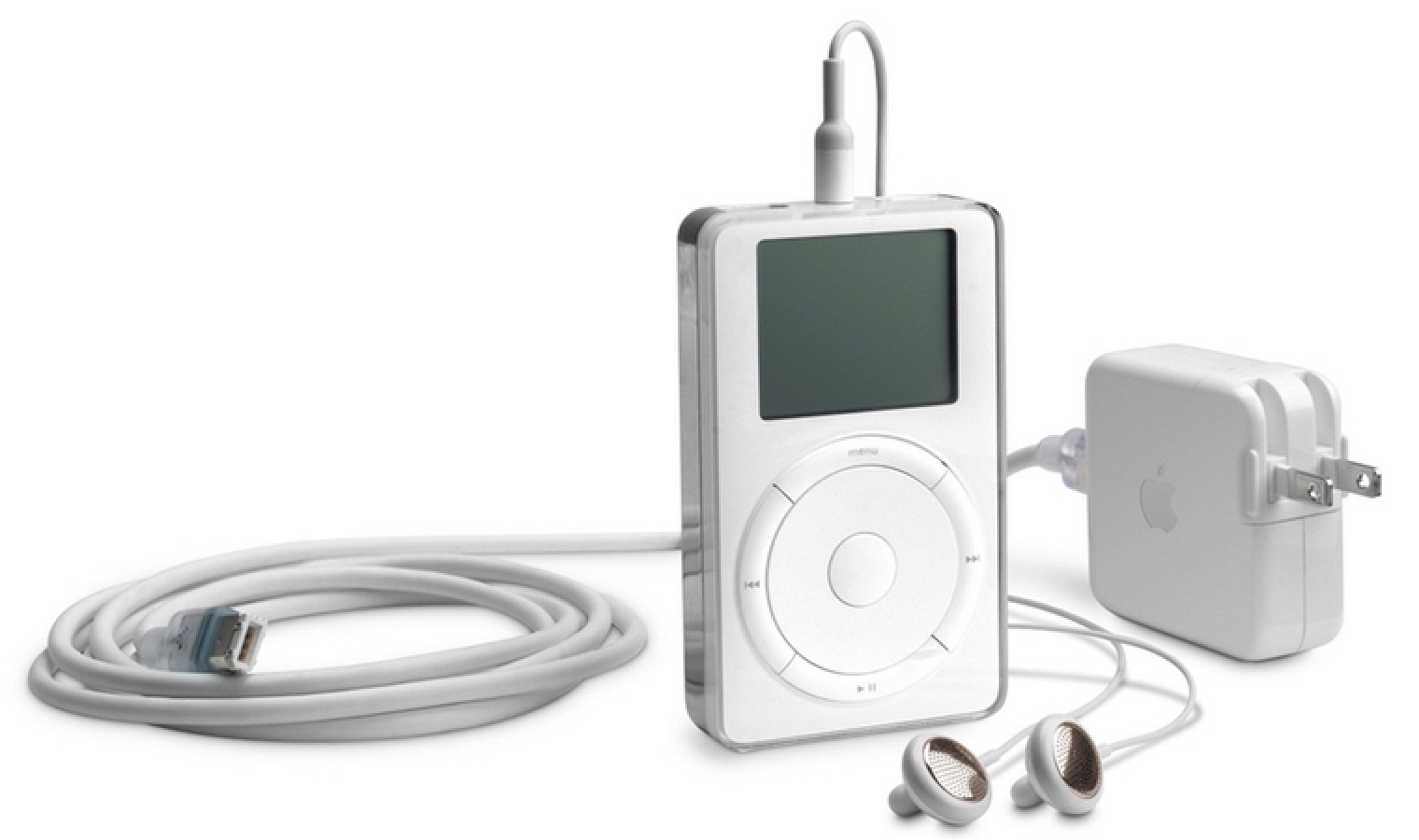A lot of people are talking about VR lately. It’s become the cool thing to peg for futurists and pundits trying to look relevant. But with that in mind, there has to be at least a little hype surrounding it, right? Let’s look at virtual reality objectively. Once in a while, something truly transformational comes along. Think about Thomas Edison’s lightbulb, George Eastman’s portable camera, or Steve Jobs’ iPod. Such things completely alter us and our view of the world. Before long, we can’t even remember the way things used to be.

Let’s start with something simple. because, afterall, revolutions don’t start with the zenith of innovation. No. In fact, they begin with a spark that almost anyone can see if they choose to look. If you’re one of those few, you’ve seen a myriad of headsets out there and probably passed on trying them as a result of the cost involved. But, if you want to look into the future of Virtual Reality (VR) and technology, all you have to do is invest $20 or less in Google Cardboard.
It’s so simple!
Google Cardboard is quintessentially simple in concept and fact. Depending on the kit you buy, it has two 40 mm lenses which you insert into a prefabricated cardboard headset. And, it might come with accessory headbands, velcro sealants, or magnets.
How does it work? You launch an app in your smartphone, slip the phone into the hand-assembled headset, and adjust it until you have your 3-D experience. That vision, that virtual reality moves with you as you move your head.

Remember the antique stereopticon or Mattel’s View Master? Google Cardboard fools the reception your eyes report in the same way, but it adds the dimension of action.
But, this is not about Google Cardboard!
What Google Cardboard and its peers is about more than just the cardboard apparatus itself. It is a means to bring something completely unreal and impossible to the masses by bringing virtual reality into the hands of anyone who has a smartphone. Easy to afford, easy to access devices will quickly identify and create the market for virtual reality.
In a recent article on Forbes, Paula Lamkin, writes, “Industry analyst firm CCS Insight has just published a report – Augmented and Virtual Reality Device Forecast, 2015-2019 – stating the amount of AR and VR devices sold will rise from 2.5 million this year, to a whopping 24 million in 2018. It forecasts that the market will be worth more than $4billion.”
There are already much more complex devices with all kinds of bells and whistles: HTC Vive, Sony Playstation VR, Samsung GR VR, and more. But, the buyers of this virtually do-it-yourself headset will design the desired formatting and content. With the supply issue settled, consumer demand will decide its future.

The mindset that rules and drives technology goes like this quote from The Nano Age, “Everything we experience in life can be reduced to electrical activity stimulating our brains as our sensory organs deliver information about the external world.” This cold minimization of human experience may be argued elsewhere, but our real world experiences can be expanded.
In your workaday world, life is limited by physics. You can only be in one place at one time. Movement from one location to another takes time. And, your physical self is vulnerable to damage, age, and pain.
But, technology aims to eliminate those limits. Phones let you hear from any place in the world in “real” time. Cameras let you capture and save moments in time. And, smartphones put the world’s history and experience, as well as history and experiences imagined, in your pocket.
Virtual reality is proving the next logical step in that human drive to maximize its experience. VR is “the projection of artificial location in space-time. It will even allow us to create virtual worlds that do not and cannot exist in the ‘real’ universe.” So, until the next transformational moment, virtual reality will dominate our experience for the foreseeable future.
Practical use determines the market.
Let’s be blunt: Of all the results of early manned space travel, the most used applications remain Tang and the microwave. Historic space ventures created multiple tech openings, but the market bought into the things that worked for them.

The convenience of low-cost VR headsets will accelerate the creation and implementation of apps and programming serving demonstrated wants in the market. It’s entirely up to the user what headset succeeds and what apps make the most money. But will it be practicality that wins? Probably not, according to trends.
If you look at what the VR community is putting out the most, clearly, entertainment will drive the early market. We all love the action of video games, and many of us get fully immersed in them–we really don’t have any trouble differentiating actual reality from virtual adventures. First products will have to accommodate the fact that there are no joysticks in the simplest devices, but that doesn’t prevent them from exploring space and time.
Education will embrace the technology, affordable as it may be. This is already happening. After all, the virtual reality may explore jungle adventures, mountain heights, cavern exploration, as well as tours of antiquities, museums, and world heritage sites. VR devices enable an individual experience which has an education advantage over group experiences.
Training seems to be another great bet for VR because it depends on demonstration and participation. VR can make the practice and implementation vivid, sequential, and repeatable. It will take lesson plans and integration with physical tools, but VR will enable repetitious drills that develop muscle memory.
Social applications may be the thing that captures the public imagination (why else would Facebook be banking on it?. Someone will come along to enable virtual social interactions. Even channels like Skype provide a limited communications experience. But, if VR can put YouTube videos and Facebook chats into 3-D, today’s public would eat it up.

Where’s it going from here?
It’s hard to predict where technology will take us if virtual reality has run its course. Regardless of the intention behind the introduction of great pieces of invention, the market that buys the product is usually a matter of serendipity. So, perhaps the Augmented Realty (AR) in the works will raise the bar with its ability to generate holographic experiences.
Bernard Marr noted in Forbes, “Facebook’s $2bn purchase of Oculus, one of the leading developers of consumer VR headsets shows the confidence and high expectations opinion leaders have of this emerging technology.” And, the gamesmanship and fun that marks the newly accessible VR applications will lower the community and marketplace resistance to more advanced experiences.
In other words, you can see children coming to school with VR experience behind them. That experience will raise their expectations of distance experiences. They’ll soon find the two-dimensional lame, just as they currently prefer textbooks (thanks ipad) with color pictures, charts, and callouts.
The end users will have increased demands in volume and quality. Users will want more and better. They will want more of middle-school, high-school, and college. And, in time they will lose the ability to work the “old school” way. You can imagine participating in Poe’s The Tell-Tale Heart, performing an appendectomy, buying on the stock market, or designing a new program.

Future VR will play through smaller and wearable devices. Programming will have to create to mobile devices and the mask experience. It will present us with worlds that nanotechnology can only now imagine. And, it may supplement human, robotic, and artificial intelligence with programmable but real experiences. You see, real will really mean something new.
Going beyond the mind
Where can VR take us beyond the mind? It’s obvious that nearly every application that VR currently boasts is something of a journey for the user to escape and experience something new or to add value to what they currently are doing to hone their skills and be more sharp, better equipped and generally smarter with the use of the tech. But the mind is only one level that the VR landscape can impact. In fact, VR can, and will, be about much more than your mind. If you thought that this was just a video game platform or something that could be a tool to make you look better, you’re dead wrong.
VR fitness is the next logical step. In fact, some steps have already been made with Virzoom, Icaros and other platforms that offer perspiration in addition to mental stimulation. You really can enhance fitness with VR, but that’s not the future I’m referring to. Instead, what I predict is that fitness itself will be changed to be an extension of VR (or maybe VR will be changed to be an extension of fitness–that’s up to the historians).

You see, fitness has always been the first adapters of tech. If not, we’d still be lifting rocks and attaching ourselves to vibrating belts. Fitness evolves as technology does. Sometimes, it dictates the pace and sometimes it accepts and adapts to what it is being fed, but fitness is a driver in tech.
How will this all play out? First, a truly total body solution has to be found. Muscles will need to be worked while fully immersed. The idea of VR being a cardio enhancement just isn’t enough. From there, early adopters will have to show results while the tech is still costly. After that, the platforms will have to capture attention and become available to the masses. It still might cost a lot, but health isn’t a given in life anymore. The elite and the super healthy will pay. Some for status and others for results. Regardless of which, the fitness industry will evolve to accept it and push it to the front of the gyms and leader of the results-based community that it is. And when fitness finally accepts VR, and VR can finally deliver, both industries will forever change.
What you’re hearing about VR right now is just a whisper. When it can finally change your body and your mind, you’ll be hearing the message loud and clear from every corner of the globe.





